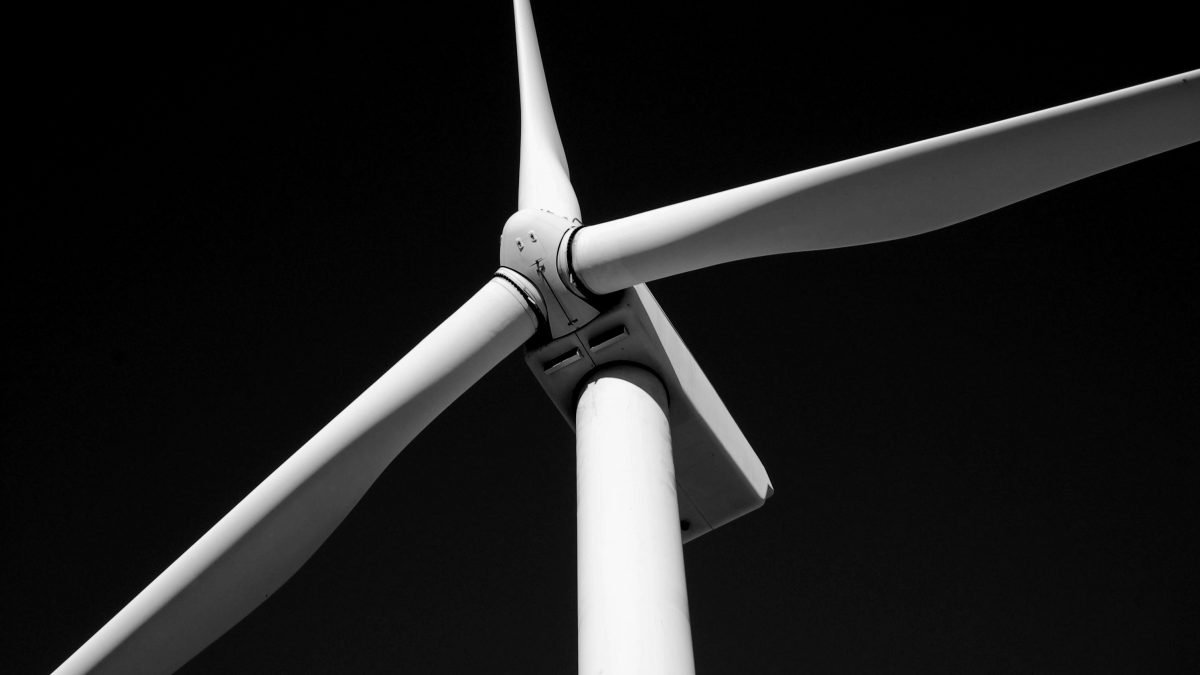Scotland’s oldest commercial wind farm, Hagshaw Hill, has initiated the decommissioning of its wind turbines, marking a global trend as the first wave of turbines from the late 1990s and early 2000s undergo replacement.
The ambitious upgrade involves installing taller and more efficient turbines, capable of generating up to 10 times more electricity. However, the challenge lies in responsibly handling the disposal of the old turbines, particularly their blades, made of durable fibreglass and tough epoxy resin designed to endure years of weathering.
Traditional methods, such as recycling blades in cement kilns, are energy-intensive, and landfill disposal is becoming less feasible with countries like Germany and the Netherlands banning the practice. Localised solutions, like repurposing blades into playgrounds or bike sheds, have proven effective, but with projections estimating up to 43 million tonnes of wind turbine blade waste by 2050, a scalable solution is imperative.
Researchers and startups are addressing this challenge, focusing on breaking down blade materials. Dr. Claire Barlow, a sustainability and materials engineer at the University of Cambridge, emphasises the need to separate fibres from resin to extract value from the materials.
A promising approach, developed by the University of Strathclyde and led by Project PRoGrESS, involves breaking down blades into small pieces and subjecting them to a hot air stream. This process successfully separates glass fibres from resin, enabling their collection, treatment, and reuse. Despite facing challenges, the project aims to operationalise a pilot plant by the first half of this year.
Similar efforts are underway globally, with Danish company Vestas employing a liquid chemical solution to break down blades without requiring energy-intensive high temperatures. Vestas claims to have recycled 475 end-of-life blades in 2022, using widely available chemicals, hinting at potential scalability.
Dr. Barlow underscores the significance of successful recycling technologies not only in managing new waste but also addressing historic waste in landfills and storage. Some wind turbines at Hagshaw Hill are currently in storage, awaiting decisions on their fate.
Looking ahead, the possibility of creating turbine blades from more easily recyclable materials is being explored by various companies. While strides are being made, the coming years will determine whether these recycling technologies can be scaled up to effectively manage the growing environmental challenge posed by decommissioned wind turbine blades.

